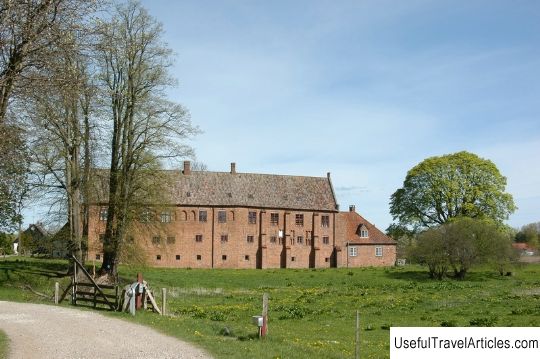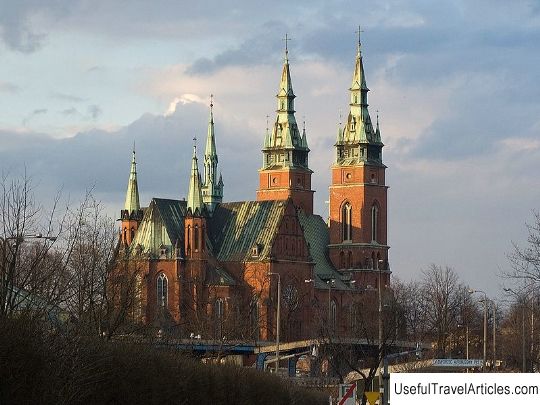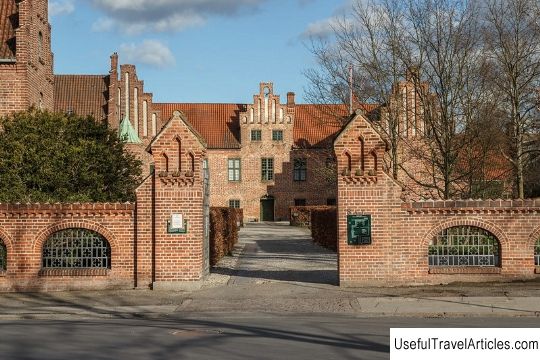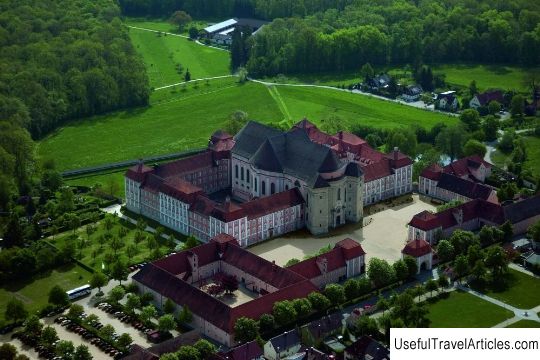Ruins of Aebelholt Kloster Abbey description and photos - Denmark: Hilerod
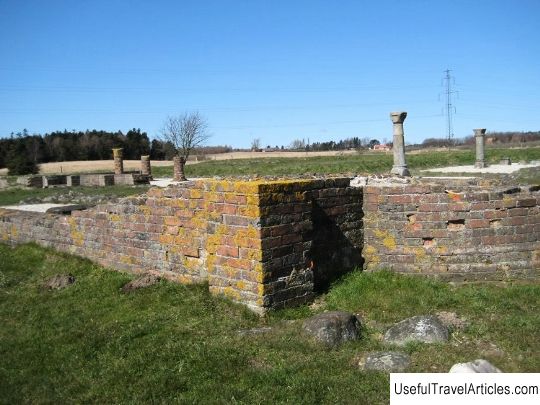
Ruins of Aebelholt Kloster Abbey description and photos - Denmark: Hilerod. Detailed information about the attraction. Description, photographs and a map showing the nearest significant objects. The title in English is Aebelholt Kloster. Photo and descriptionThe ruins of Ebelholt Abbey are located 5 kilometers west of the city of Hilerod. Earlier this place was a large monastery complex belonging to the Augustinian monks. Initially, the monastery was located in a different place - near the city of Roskilde. It was founded in 1104. However, Bishop Absalon of Roskilde did not approve of the way things were conducted in this monastery, and decided to found another Augustinian monastery. To do this, he summoned his friend from Paris, Abbot Wilhelm, who came to Denmark in 1165. The first wooden church on the present site of the abbey appeared in 1167, and in 1210 it was replaced by a sandstone building. The popularity of the Abbey Ebelholt grew, since its abbot, the same French abbot Wilhelm, was declared a saint during his lifetime. And after he was officially canonized, his tomb began to attract hundreds of pilgrims. His relics are now kept in many large churches in Denmark, including the cathedrals of Roskilde and Copenhagen. Since 1230, the abbey's real economic growth began - it owned spacious agricultural lands, and many pilgrims stayed in the monastery itself. However, after the Reformation of 1535, many religious institutions in Denmark were closed, and their lands were transferred to the Danish crown. The new owner of the monastery complex ordered the destruction of all buildings, with the exception of two churches, which became the centers of parishes. Now only ruins of red brick remain from the monastery, however, most of the building materials went to the construction of the Frederiksborg Palace. During archaeological excavations in 1930-1950s, many ancient objects and artifacts that previously belonged to monks were discovered. They are now on display in the abbey museum. Also, ancient skeletons were discovered, surprisingly preserved. They can be used to study medieval diseases. In 1957, on the territory of the ruined abbey, a pharmaceutical garden was set up, created on the example of the courtyard of the Swiss monastery of St. Gallen. It is home to hundreds of different types of medicinal plants that existed in Denmark during the Middle Ages. formerly owned by monks. They are now on display in the abbey museum. Also, ancient skeletons were discovered, surprisingly preserved. They can be used to study medieval diseases.In 1957, on the territory of the ruined abbey, a pharmaceutical garden was set up, created on the example of the courtyard of the Swiss monastery of St. Gallen. It is home to hundreds of different types of medicinal plants that existed in Denmark during the Middle Ages. formerly owned by monks. They are now on display in the abbey museum. Also, ancient skeletons were discovered, surprisingly preserved. They can be used to study medieval diseases.In 1957, on the territory of the ruined abbey, a pharmaceutical garden was set up, created on the example of the courtyard of the Swiss monastery of St. Gallen. It is home to hundreds of different types of medicinal plants that existed in Denmark during the Middle Ages. created on the example of the courtyard of the Swiss monastery of St. Gallen. It is home to hundreds of different types of medicinal plants that existed in Denmark during the Middle Ages. created on the example of the courtyard of the Swiss monastery of St. Gallen. It is home to hundreds of different types of medicinal plants that existed in Denmark during the Middle Ages.     We also recommend reading Agios Stefanos description and photos - Greece: Mykonos island Topic: Ruins of Aebelholt Kloster Abbey description and photos - Denmark: Hilerod. |
